History of Halloween
Halloween is a huge holiday, that much is obvious, but have you ever wondered why we celebrate it in the first place? You might have an idea of where it came from or why it’s still around today, or you might not have given it a second thought as the day approaches. Have you ever wondered why we give out candy, carve pumpkins, and dress up? Its history might be different from what you originally thought.
In modern times, Halloween is an annual holiday that happens every year in America and some other countries on October 31st. The day has origins over 2,000 years ago as a festival in Ireland. It was originally called the festival of Samhain, and Celtic people in Ireland celebrated it by lighting fires and dressing in costumes to scare away spirits that came into the human realm for the night. It also signified the end of summer and harvest. This time period eventually evolved in later years through the influence of religion to “All Saints Day”, which was a day to remember and honor Catholic saints, and was set as the day after Halloween. The day before “All Saints Day” is actually what become the modern day Halloween, eventually changing from “All Hallows Eve” to the modern name.
Between now and 2,000 years ago, more things about Halloween have changed besides the name. The celebration wasn’t originally popular in American colonies because of strict religious beliefs, but eventually, it became more popular in the modern world with the influence of Irish immigrants during the potato famine. It was celebrated by communities coming together to tell ghost stories or dress in costumes. At this time many of the villages’ homeless or poor population would take advantage of the festival’s generosity by going door to door to beg for food or money. This eventually led to the practice of trick-or-treating that we continue still. The reason we carve pumpkins dates all the way back to the Celts, who carved out vegetables like squash and turnips to light their way home after their bonfires during the festival of Samhain.
Halloween’s history continues to change as time goes on. Whether or not you celebrate it, or something similar, Halloween has a very long and interesting history here in the United States and beyond. Understanding its history helps explain and further the traditions of the modern day. As you celebrate Halloween this year or something similar, take some time and think about how and where each tradition you do with your family came from.
Reed is a senior this year. She writes for the advice column. After high school, she plans to go to PCC.






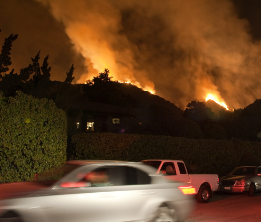

















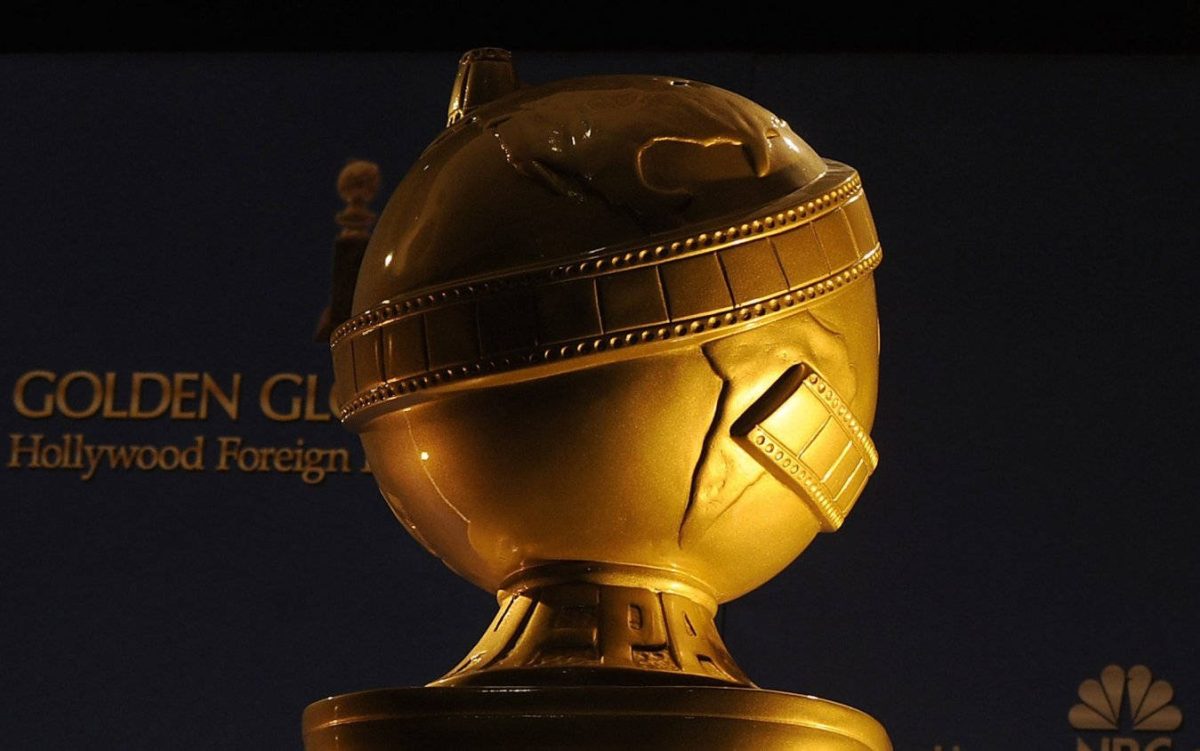




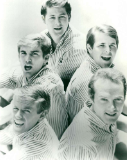
















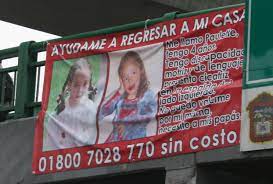


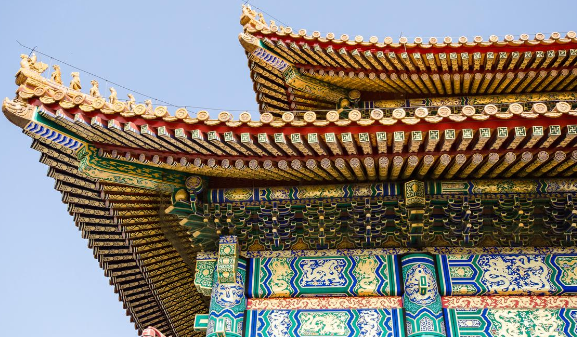
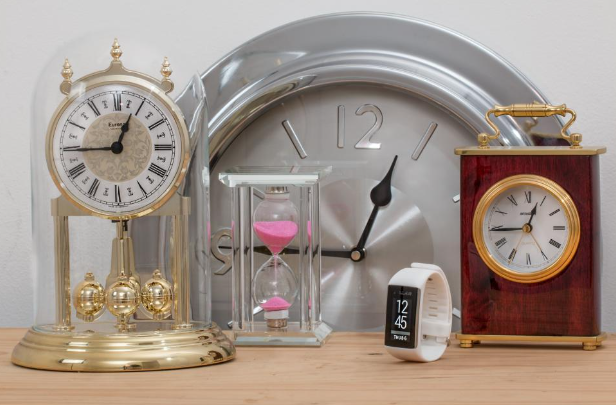













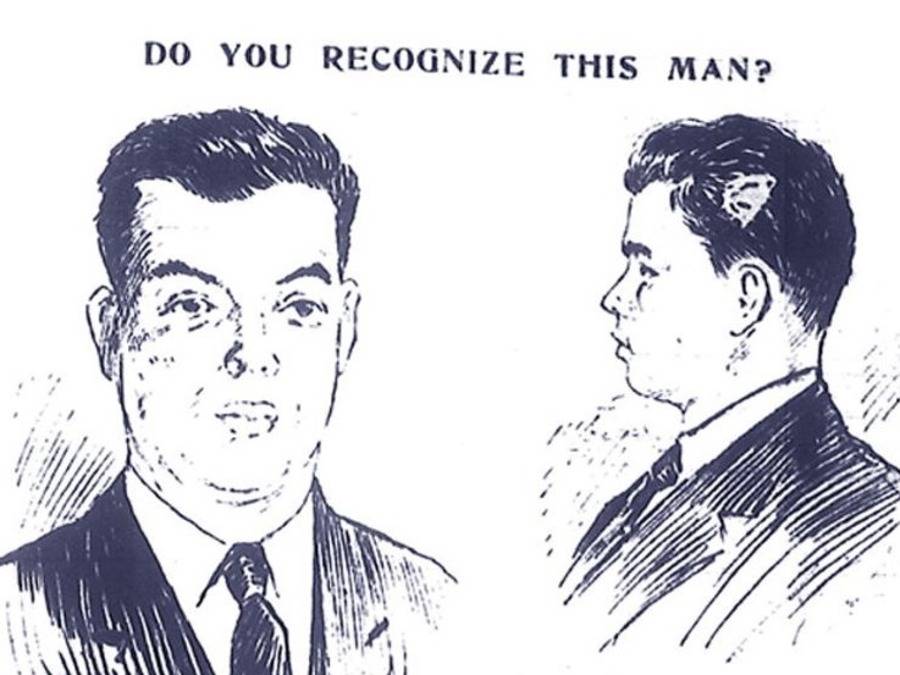
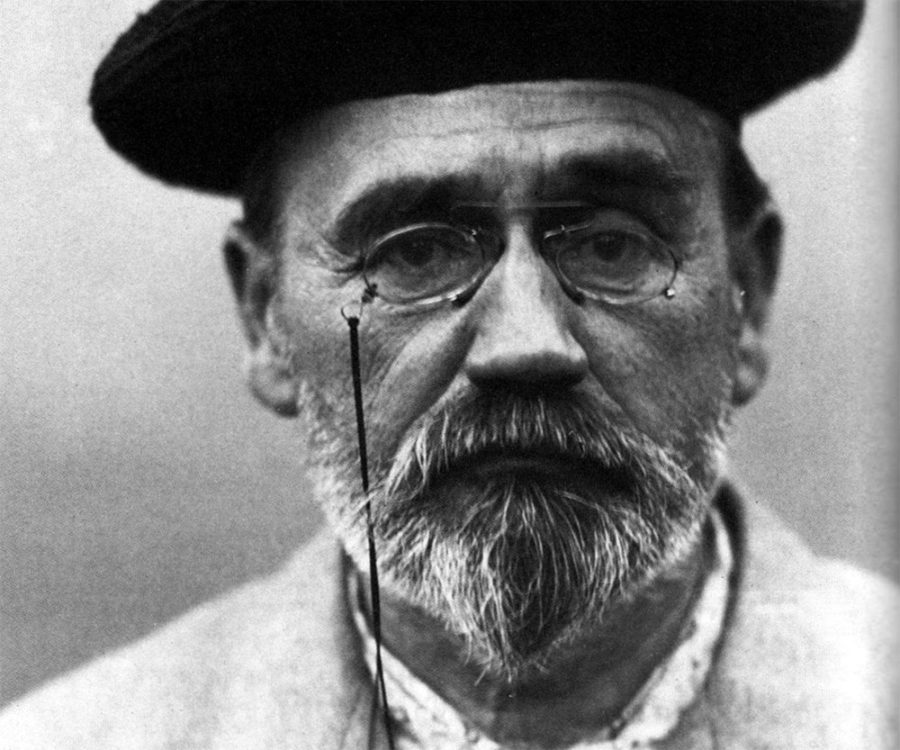







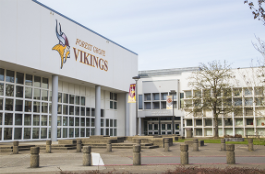





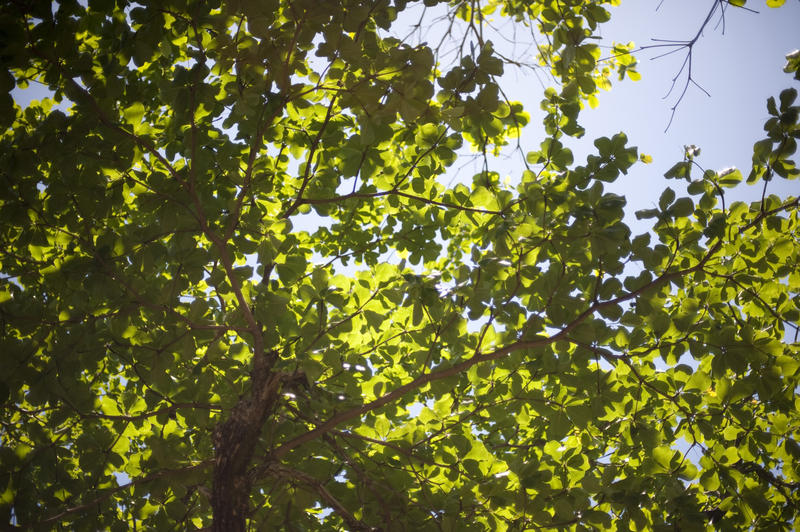










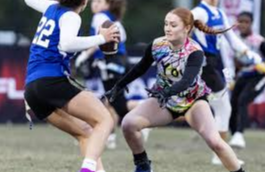







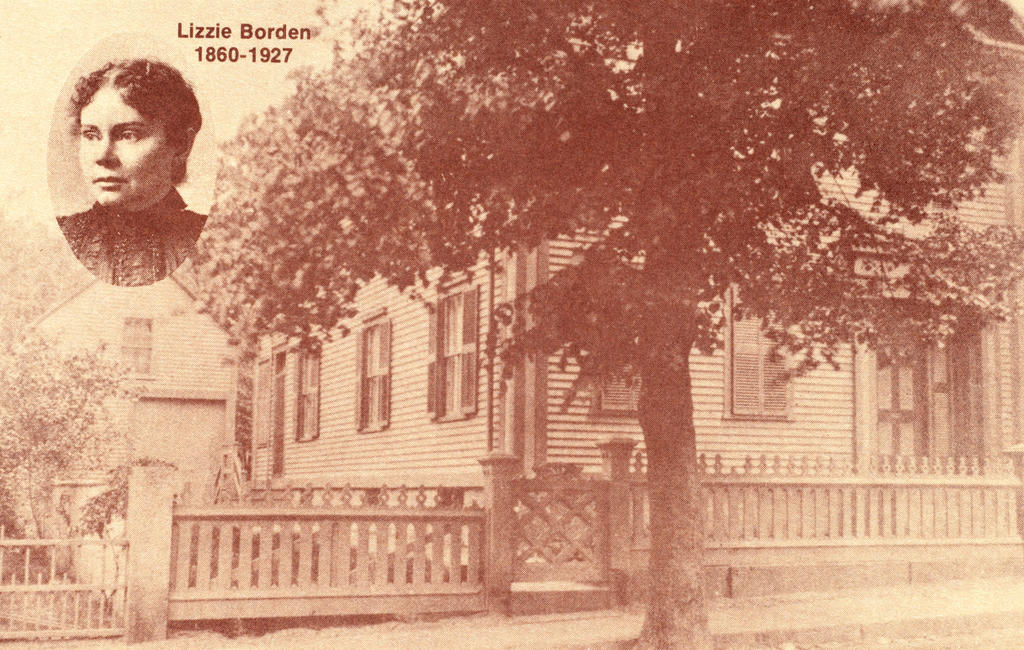














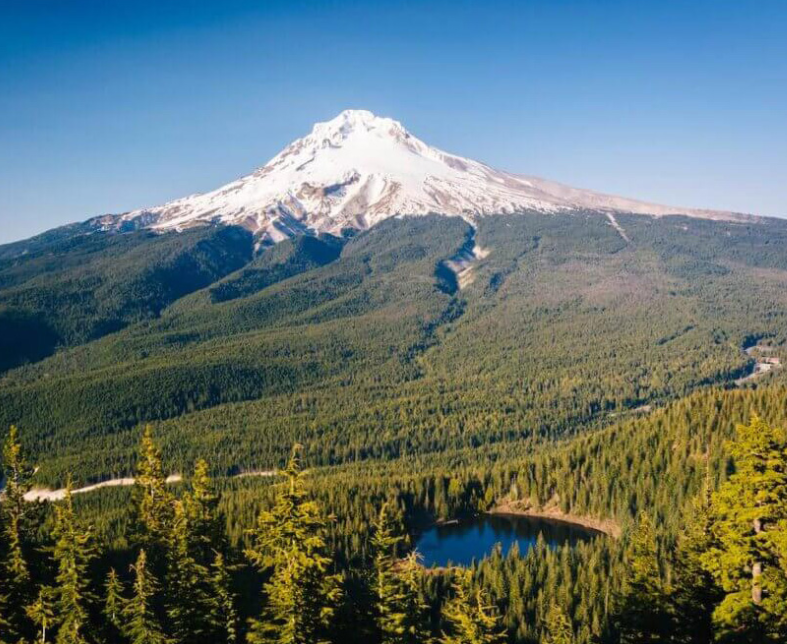










Sofia Rios • Nov 1, 2018 at 10:44 am
Great article! Well thought out ideas and I learned a lot from it!